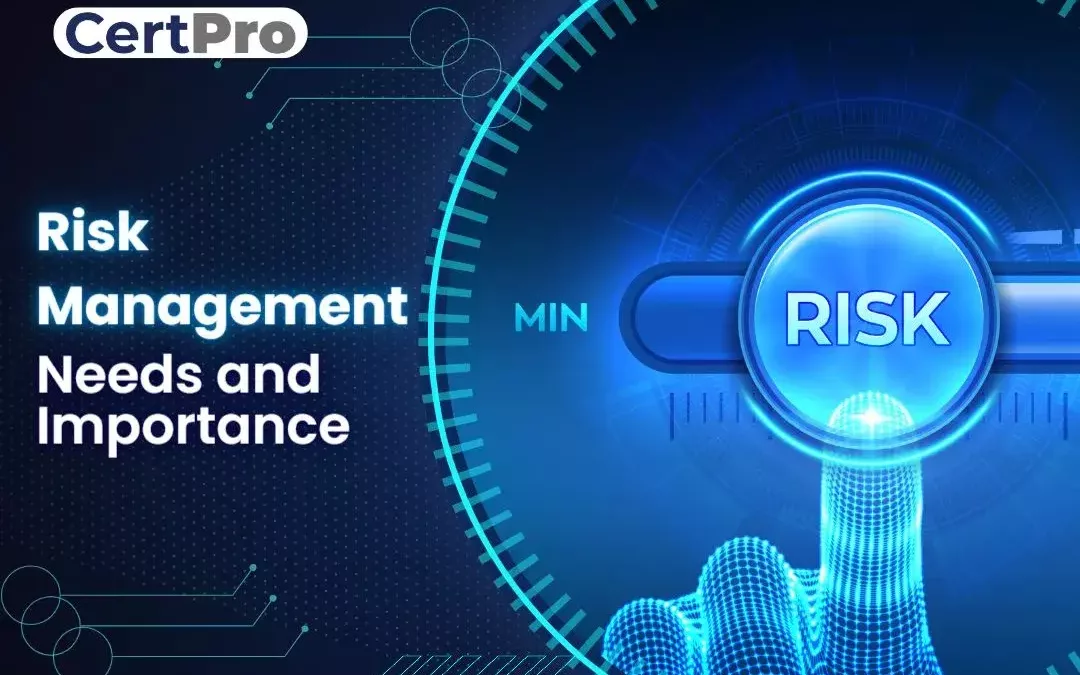The Rising Importance of Risk Management in Health and Safety
The Rising Importance of Risk Management in Health and Safety
Blog Article
The Essential Value of Risk Management in Achieving Business Objectives
In the quickly advancing company landscape, the capacity to navigate unpredictability has come to be an imperative. This is where Risk Management steps in, offering an organized method to recognizing, evaluating, and mitigating potential barricades to proceed. It's even more than simply a protective procedure - it's a tactical device, cultivating resilience and development. As we discover the critical role of Risk Management in accomplishing business objectives, one can't ask yourself but help: exactly how does this equate right into real-world success?
Comprehending the Idea of Risk Management in Business
The Integral Function of Risk Management in Strategic Planning
Integrating Risk Management into calculated preparation acts as a protect for companies, securing their long-term strategies with a solid structure of preparedness and resilience. Risk Management uses a framework for expecting unpredictabilities and devising appropriate actions, making sure the organization's survival and prosperity also in the face of misfortune. By incorporating Risk Management into critical planning, organizations can change these uncertainties right into opportunities for development and advancement.

Methods for Identifying, Assessing, and Prioritizing Threats
Browsing the facility landscape of risks calls for the application of specific strategies for their assessment, prioritization, and recognition. The procedure begins with Risk identification, utilizing tools such as SWOT evaluation, which helps in identifying possible risks and possibilities. Next, Risk assessment is carried out to determine the potential effect and likelihood of each Risk. Devices such as Risk matrices and impact-probability graphes are utilized for this. Risks are prioritized based on their prospective influence and probability, enabling companies to concentrate their sources on high-priority risks. This methodical strategy guarantees a thorough understanding of the Risk landscape, enabling companies to make enlightened choices and effectively handle dangers to accomplish their objectives - importance of risk management.
Protecting Organizational Workflow Through Effective Risk Management
In the organization landscape laden with uncertainties, efficient Risk Management plays a critical role in securing organizational procedures. By identifying and assessing potential dangers, Risk Management makes it possible for organizations to establish durable backup plans. Organizations have to invest in detailed Risk Management strategies to guard their operations.
Transforming Prospective Dangers to Opportunities: The Power of Risk Management
A proactive technique to take the chance of Management involves identifying, assessing, and focusing on risks to devise link approaches that turn them right into potential benefits. Therefore, by leveraging the power of Risk Management, organizations can not only guard their procedures yet likewise spur growth and accomplish their objectives in an uncertain company atmosphere.
Situation Studies: Success Stories of Risk Management Driving Service Objectives
Effective implementation of Risk Management techniques has produced remarkable outcomes in numerous companies, emphasizing the qualities of this approach. Multinational business like Microsoft and Google, for instance, have actually leveraged Risk Management to decrease dangers and make use of chances, driving their business goals onward. These instances illustrate how effective Risk Management can not only steer businesses clear of prospective challenges but likewise lead them towards their calculated purposes.
Conclusion
In conclusion, Risk Management is basically critical in attaining organizational goals. By incorporating Risk Management into calculated preparation, organizations can better navigate uncertainties, protect her comment is here operations, and capitalise on chances, therefore lining up with long-lasting purposes.
At its core, Risk Management is the procedure of recognizing, evaluating, and dealing with potential dangers the original source that can adversely impact a company's objectives or operations. Next, Risk analysis is conducted to determine the possible influence and probability of each Risk. Threats are prioritized based on their potential influence and chance, enabling organizations to concentrate their resources on critical dangers. By identifying and assessing prospective threats, Risk Management makes it possible for companies to establish durable contingency strategies. A positive approach to take the chance of Management includes identifying, examining, and prioritizing threats to develop approaches that transform them into possible benefits.
Report this page